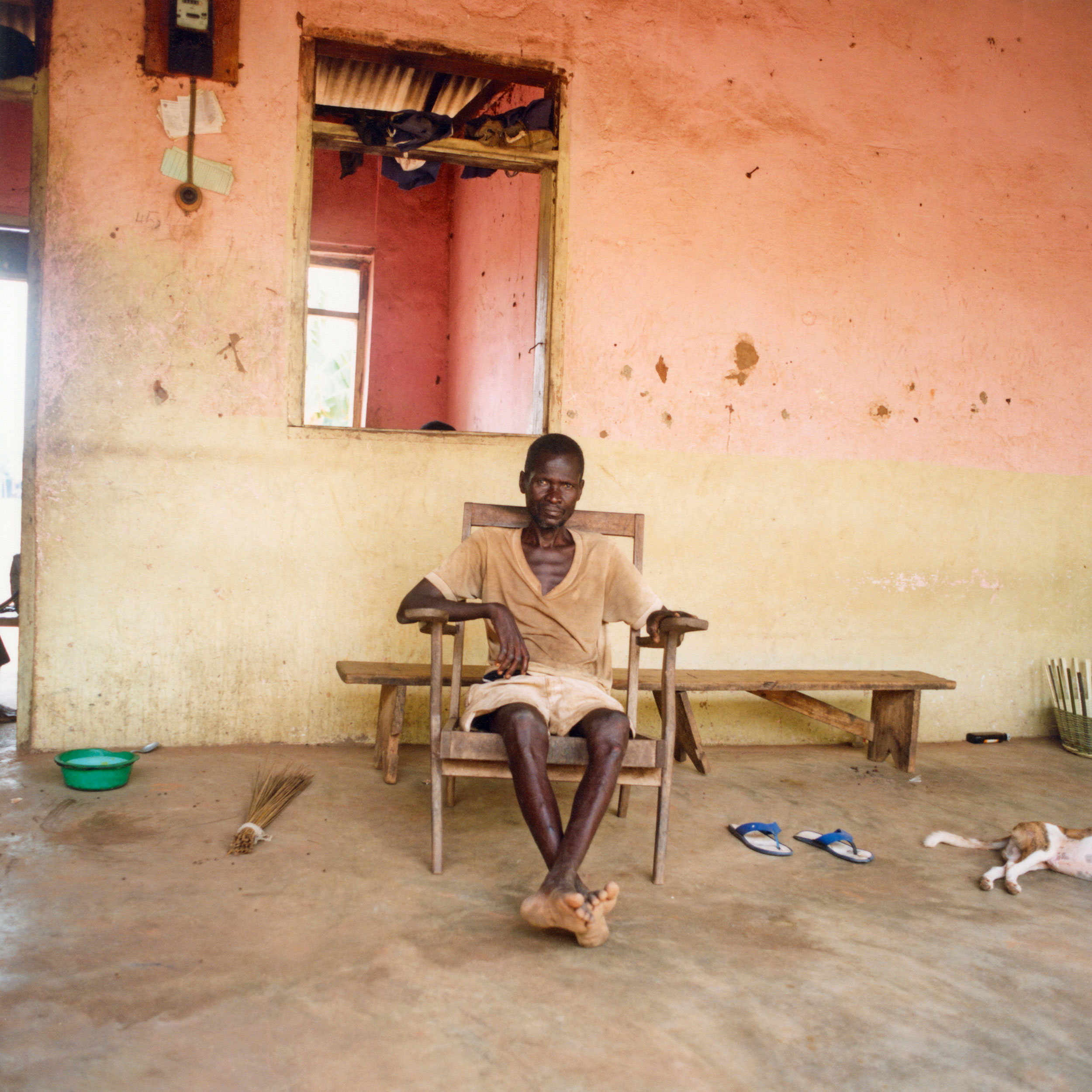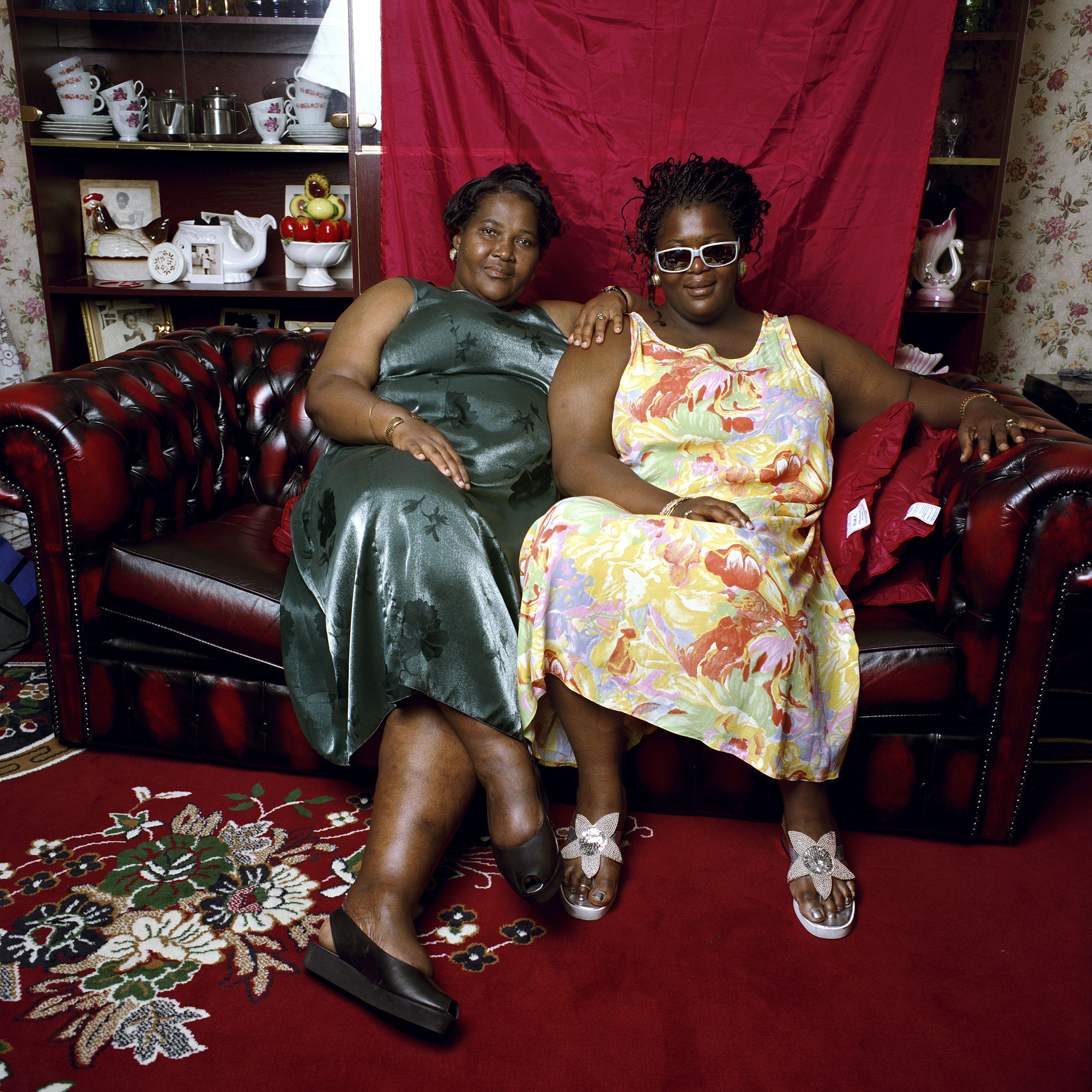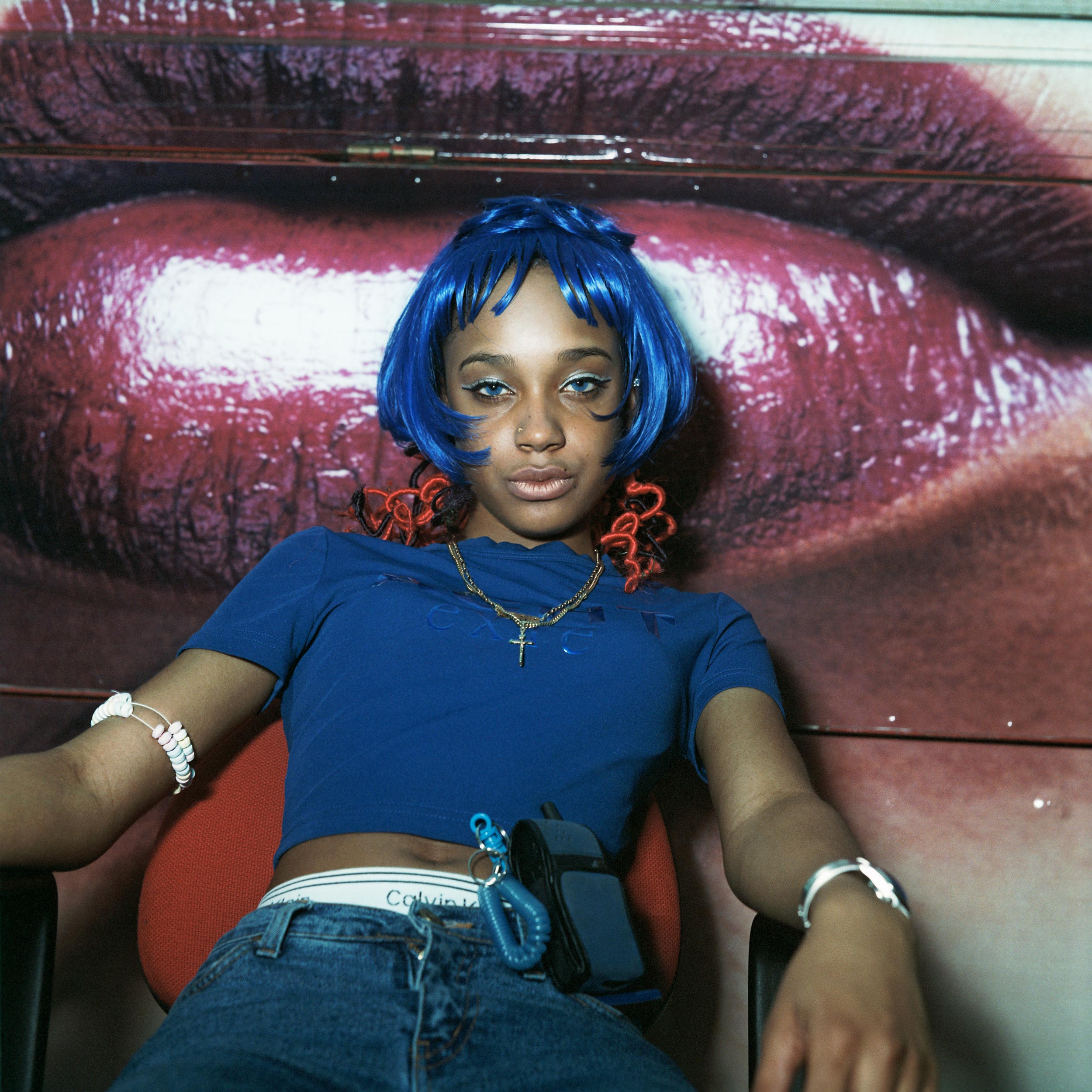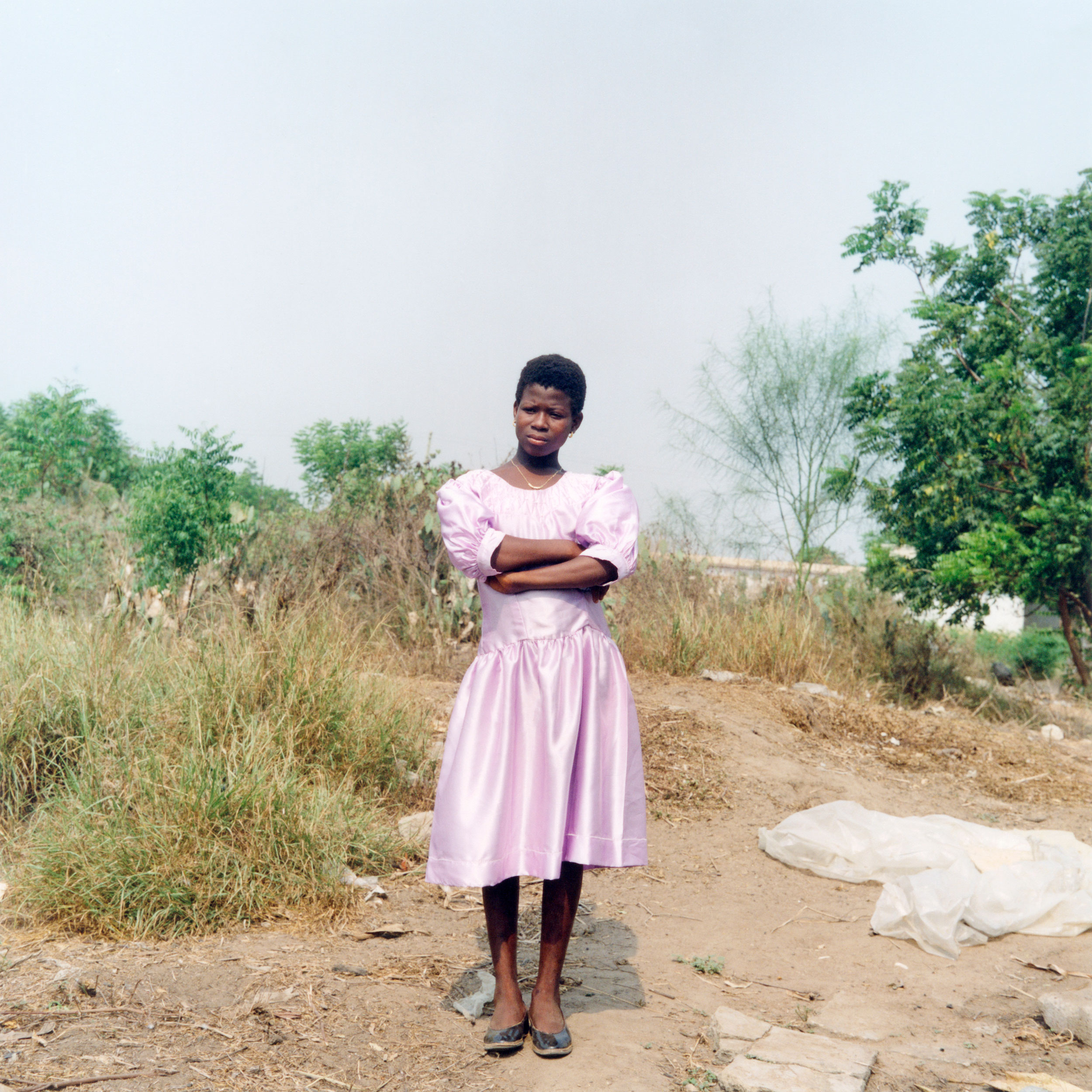From the series Ghana, 1995-1996. Courtesy of the artist and Autograph, London. All images © Eileen Perrier
The artist tells BJP why returning to Autograph Gallery – the first team to commission her – to exhibit the show feels so right
“There’s always been this pull back to family,” Eileen Perrier says. “To people I know, or people who remind me of people I know.” Sitting with Perrier, one gets the impression that every portrait she’s ever made begins and ends with intimacy that exists between kin, across generations, and through the quiet domestic rituals of sartorial expression.
Now, in her first retrospective, A Thousand Small Stories, on view at Autograph until 13 September 2025, Perrier’s decades-spanning practice comes together under one roof — quite literally, in the place where it all began. “Autograph was the first team to commission me,” she reflects. “They were the first to publish the monograph that I had back in 1997. I even worked there once a week doing admin before Rivington Place opened.”
It feels poetic, then, that her most expansive survey to date returns to this space — a place that, like her work, has long centred diasporic experience, Black identity and community memory. “It feels good,” she nods. “It’s the right place.”

“Grace was about celebrating what’s often hidden or treated like a flaw”
The exhibition traces a careful arc from Perrier’s earliest portraits taken in Ghana in the mid-90s to her most recent series documenting her son and his friends in North West London. “That trip to Ghana in 1995 was really important,” she says. “For me, but also for my mum — it was her first time going back in over 30 years. I didn’t realise it at the time, but it shifted something in me. Who I was. What I wanted to share with the world.”
It was after that trip, she recalls, that she turned her lens back home — photographing relatives in London as part of the Red, Gold and Green series. “I had to take the studio to them,” she explains. “I didn’t want the portraits to look like what I was seeing at university — like Martin Parr’s pictures of people in their homes. So I used these bold, vivid fabrics, referencing the Ghanaian flag. That backdrop was a way of introducing identity deliberately.”
Perrier’s makeshift home studios — often created in cramped front rooms across London — were spaces which manifest the duality and hybridity of the modern migrant identity. Symbols from the homeland peek through the periphery of the frame. “Once they saw the backdrop go up, people would disappear and re-emerge in their best clothes,” she laughs. “It was like, ‘I’m going to get a free photograph here!’ So they changed, more than once sometimes. That was never the plan. But it told me something about how people want to be seen.”

For all the individuality of Perrier’s subjects, her work sits squarely within a tradition of Black portraiture that foregrounds pride, presence and self-determination, taking cues from an artist like Malick Sidibé. From the Afro Hair and Beauty Show images — shot over five years from 1998 to 2003 — to Blessing, her 2002 portraits taken at the home salon of her own hairdresser in Brixton, Perrier’s work honours both the sitter and the setting.
“There’s always a story,” she says. “With Blessing, I used to go there when I had locs. I was a client first. So I had that connection.” As with her more formal series like Grace — portraits of individuals with diastemas (the gap between the two front teeth), inspired by a shared hereditary trait in Perrier’s family — the work always returns to questions of identity and belonging. “That series was about celebrating what’s often hidden or treated like a flaw,” she explains. “Grace is my mum’s name, and the last photograph I took of her before she passed is in that series.”
There’s a subtle evolution visible in Perrier’s latest work. The new commission, installed on the exterior of Autograph, moves away from community to family once again — this time, her own son. When am I gonna stop being wise beyond my years? references her 2023 commission for The Face. “This is the next chapter — documenting my son as he transitions into adulthood. It feels like a full circle moment.”
“People want to be seen in a certain way,” she says. “And I want to put images into the world that show people in a positive light. That’s been the running theme. Always.”


